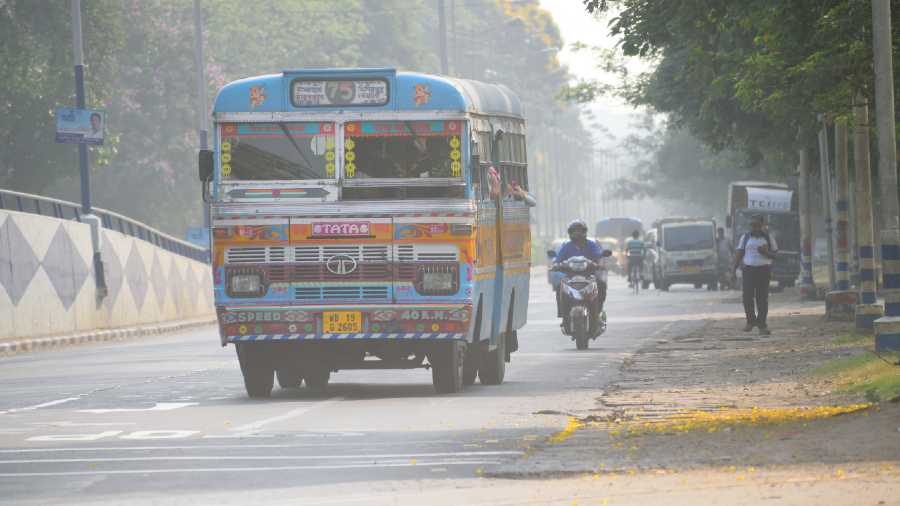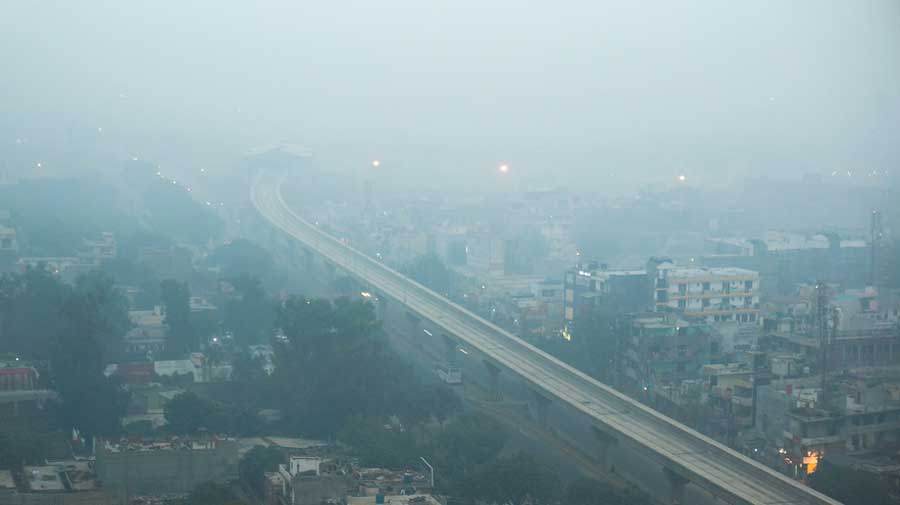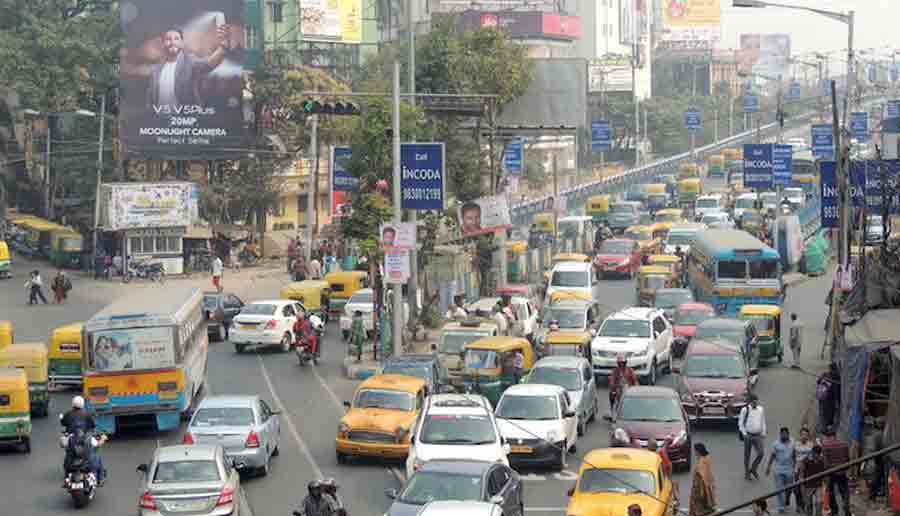The level of ultrafine particulate PM2.5 in Kolkata’s air was around 2.5 times the nationally permissible limit and 10 times the limit set by the World Health Organization (WHO), says an analysis by the Centre for Science and Environment (CSE), a think tank.
PM2.5 are the most dangerous of all air pollutants as they can enter deep into the lungs and trigger a host of critical ailments, including cancer.
The study, led by air pollution expert Anumita Roy Choudhury and based on the data generated by the Central Pollution Control Board from January 2021 till February 2022, has found that “while the winter pollution build-up begins early November in the states of trans-Gangetic plain of Punjab and Haryana and the upper Gangetic plains of Delhi, Uttarakhand and Uttar Pradesh, it extends to West Bengal towards the end of December”.
“Overall, the week from December 26 to January 3 was the poorest. The PM 2.5 value during the week was 118 microgram,” said Avikal Somvanshi, an air pollution researcher at CSE.
“The PM 2.5 value peaked at 155 microgram in January, which was 2.5 times the national limit and 10 times the WHO limit,” said a researcher.
Overall, the average PM 2.5 pollution in Kolkata has increased 16 per cent from 2020 to 2021 (from 48 to 56 microgram), despite pandemic-related restrictions that remained in force for many months during the period, and rose 40 per cent above the national limit.
The national annual limit for PM 2.5 is 40 microgram per cubic metre of air. The limit set by WHO is 5 microgram.
The day limit of PM 2.5 is 60 microgram for India. The WHO limit is 15 microgram.
The analysis found that in 2021, the air quality of Kolkata was either poor or very poor for close to one-fourth of the year — 83 days out of 365.
The study also found that during winter, the proportion of PM 2.5 remains more compared with the coarser PM 10.
“According to the analysis, PM 2.5 accounted for 47 per cent of all particulates in the city in the summer of 2021, but had shot up to 53 per cent in winter,” said a scientist.
Winter pollution is a cocktail of particulates and toxic gases. Apart from PM 2.5, there is a significant increase in the nitrogen oxide concentration during winter in nearly all cities of Bengal.
“Bringing CNG (compressed natural gas, an environment-friendly automobile fuel) to the city is the key to controlling air pollution,” said Roy Choudhury.
“Despite the National Green Tribunal pushing the issue for a number of years, lack of administrative and political will is still a problem,” environment activist Subhas Datta.



